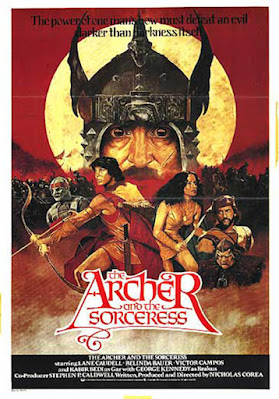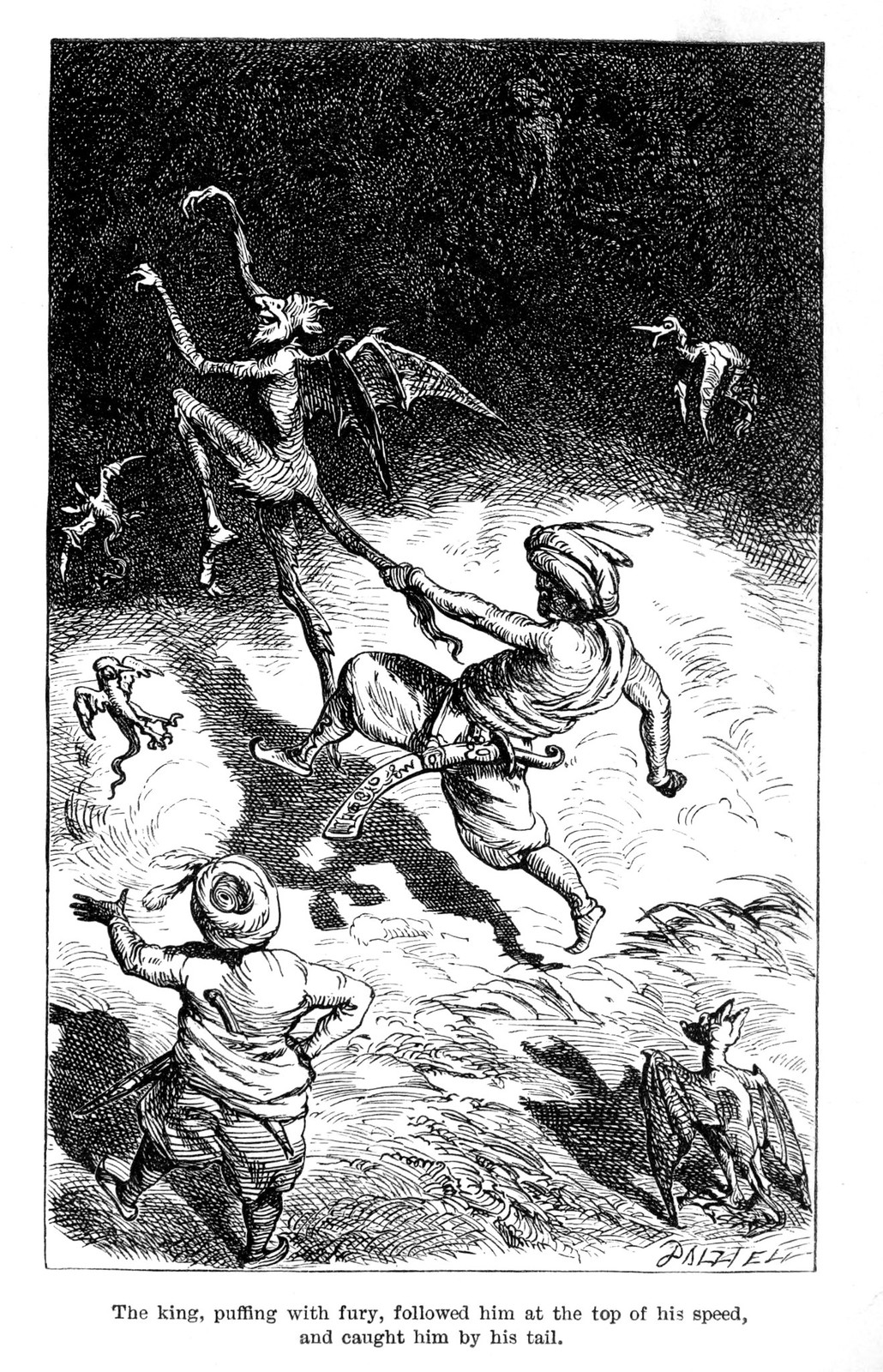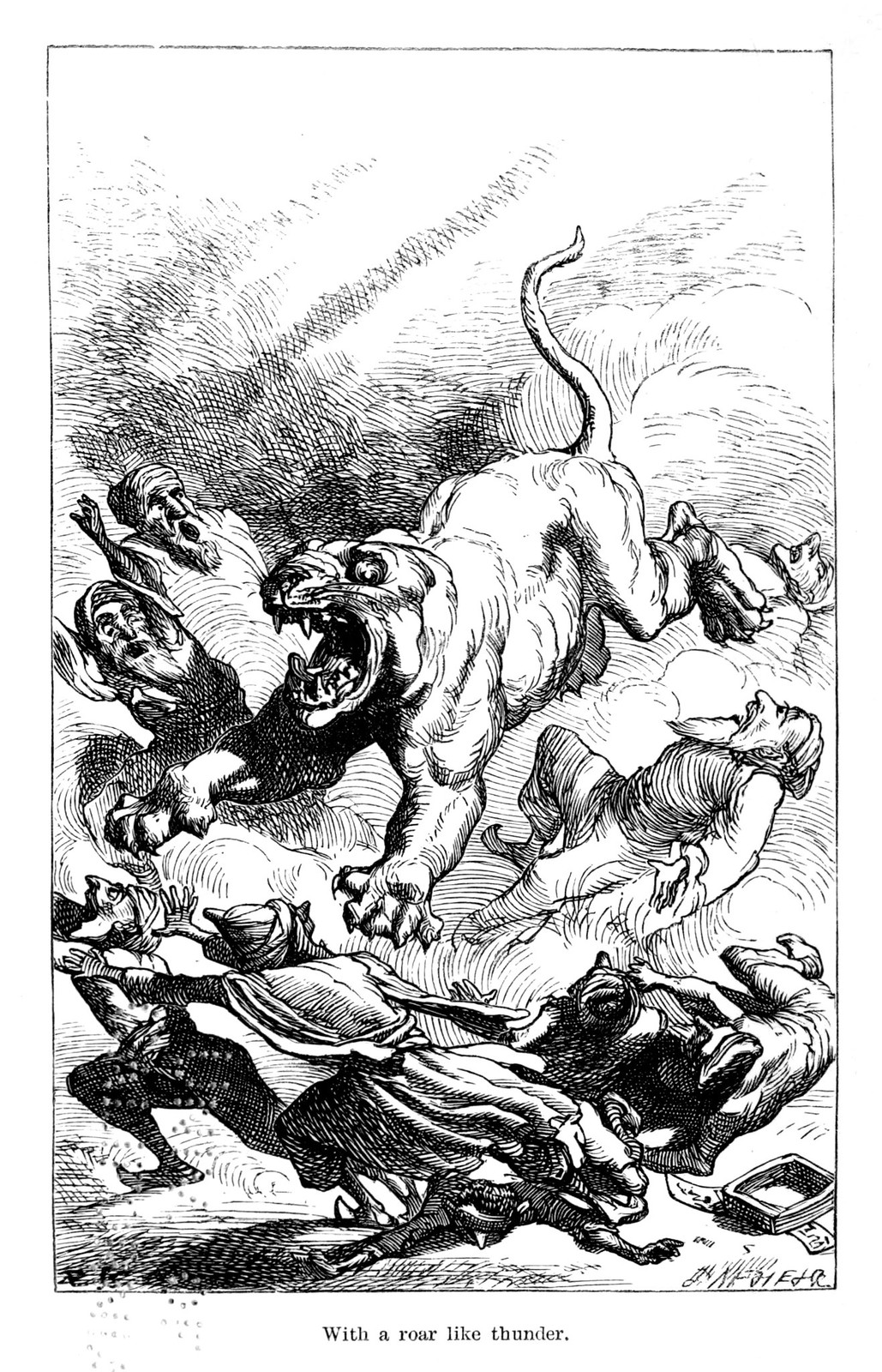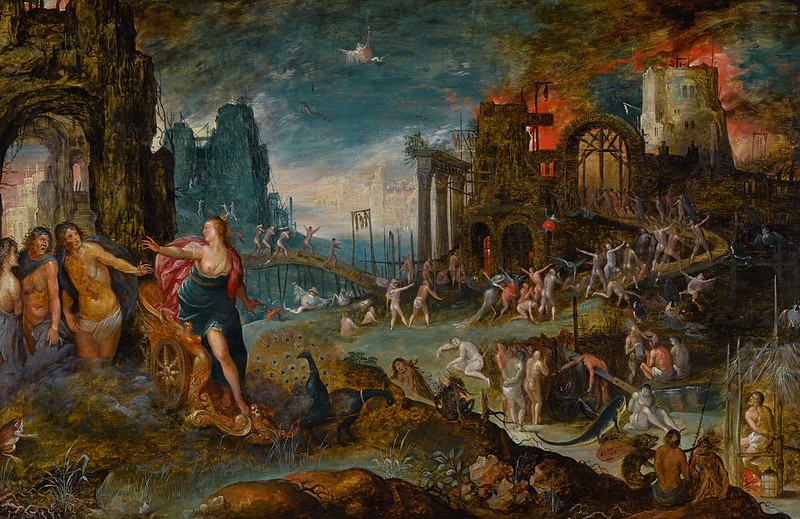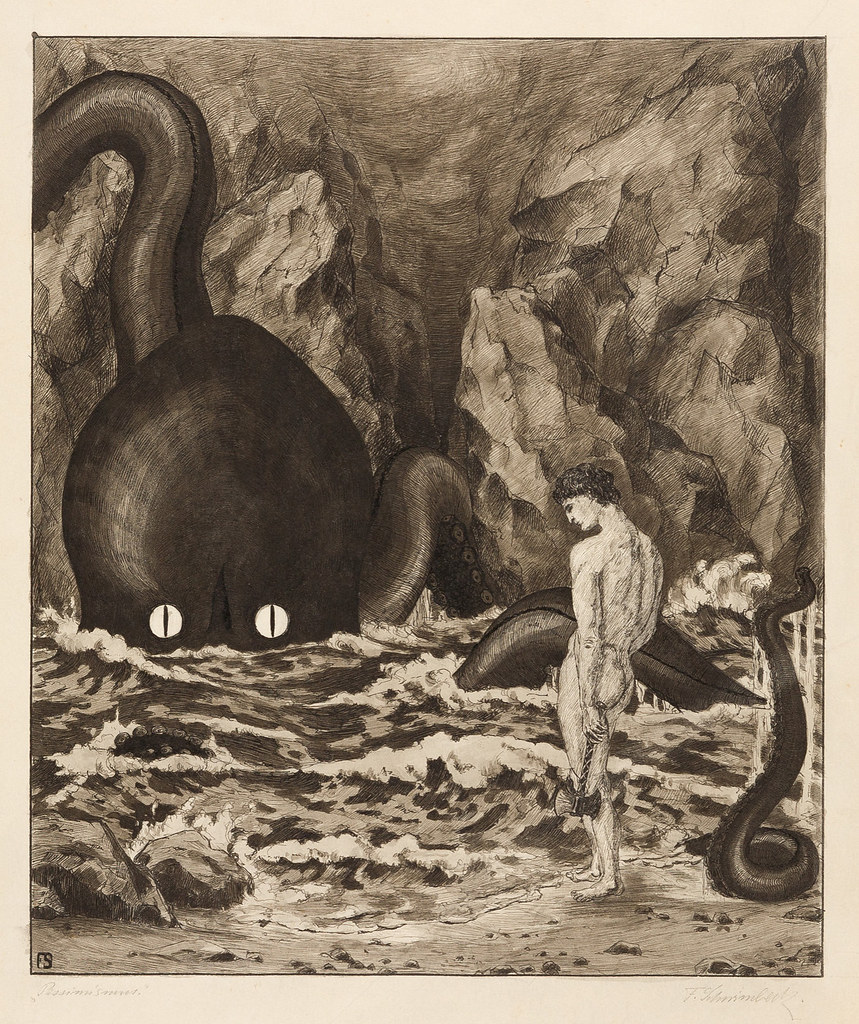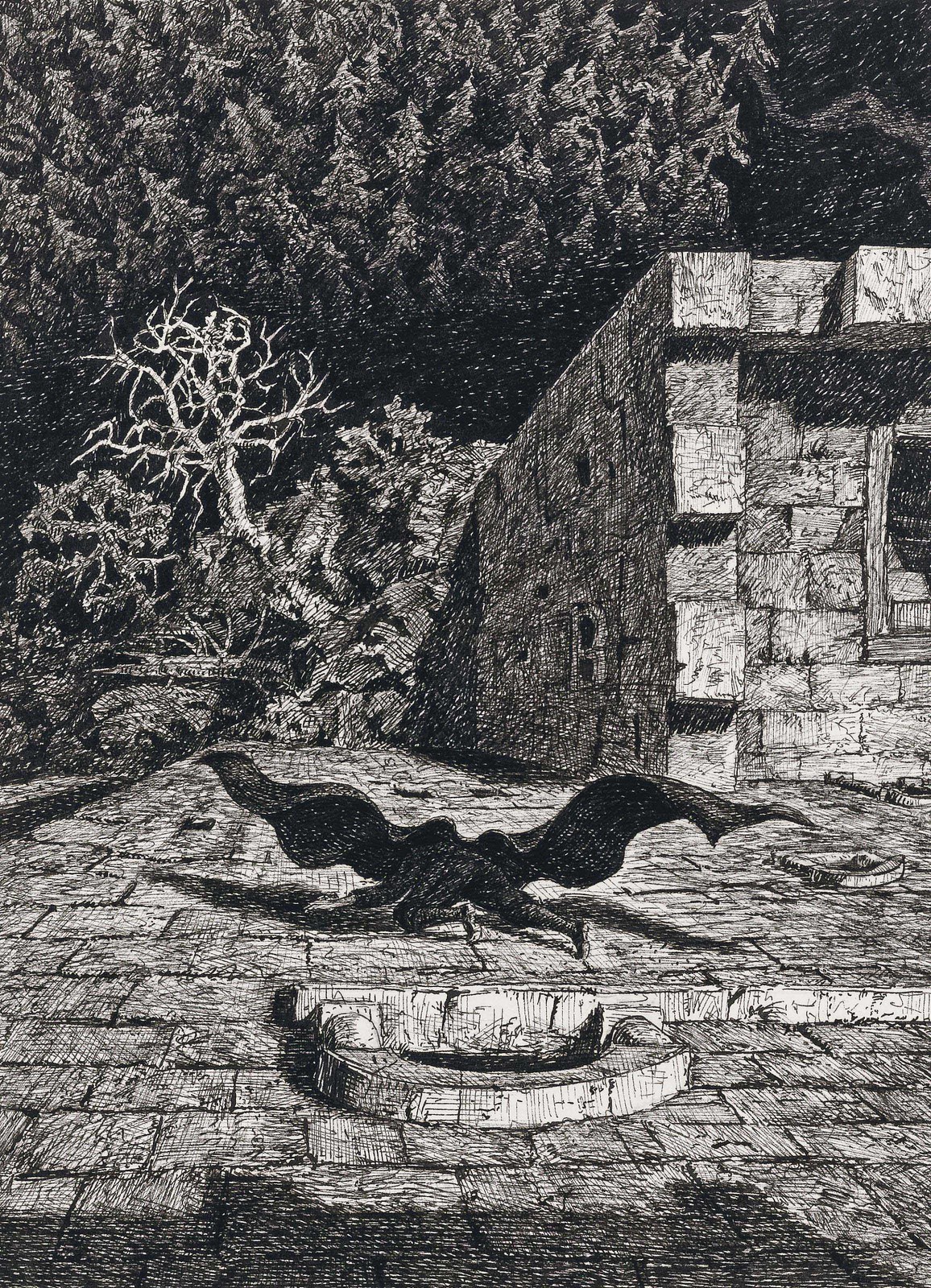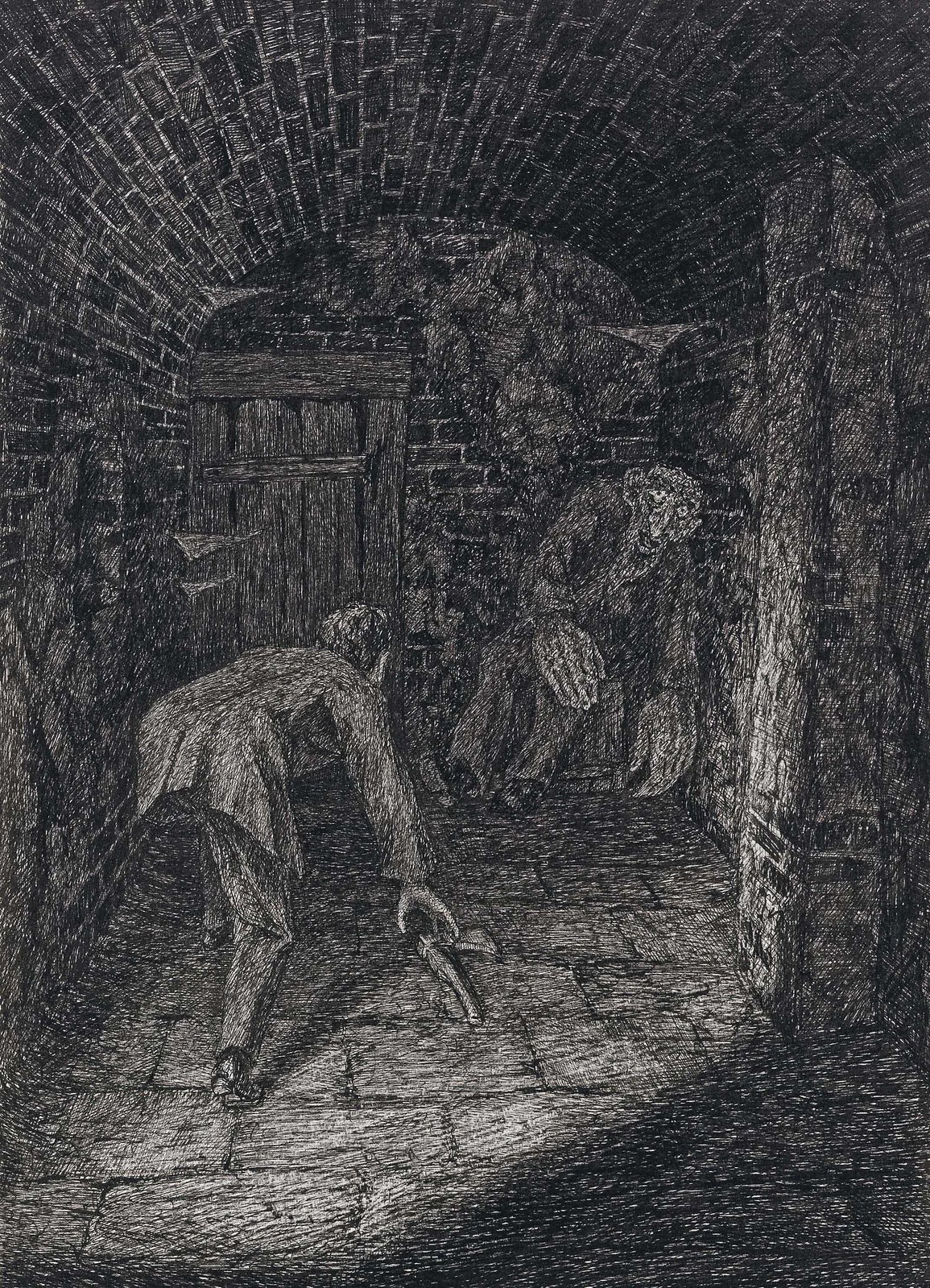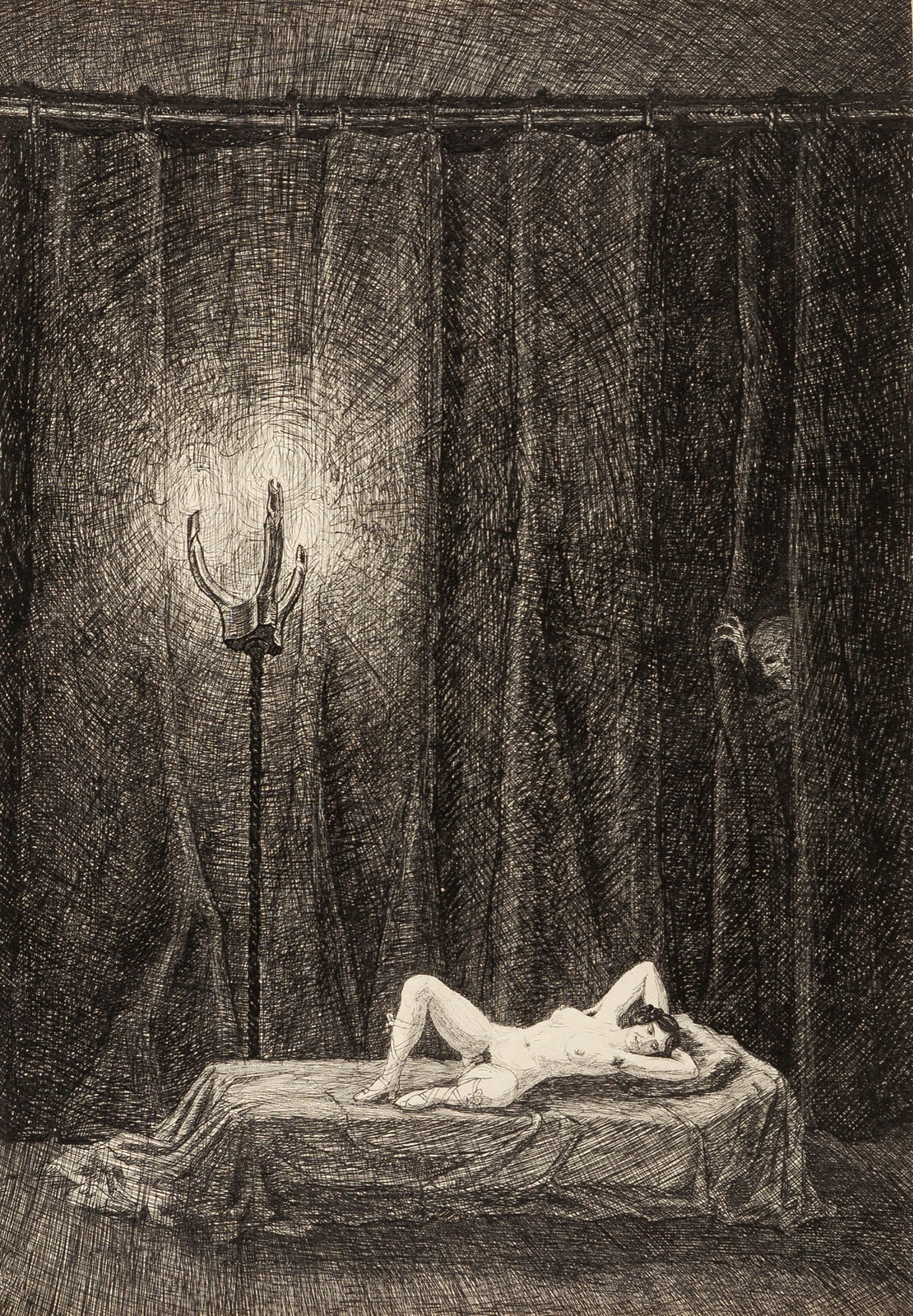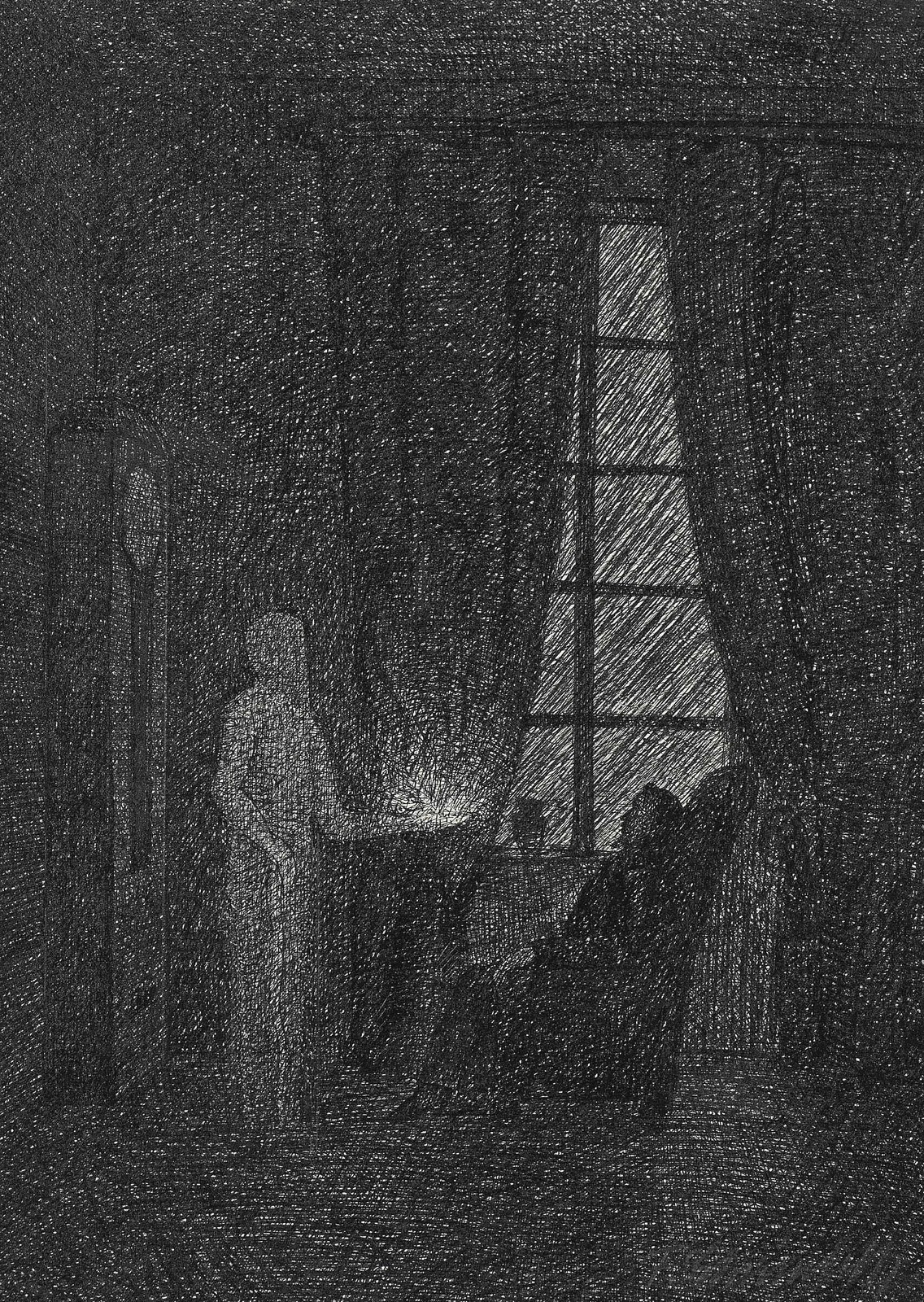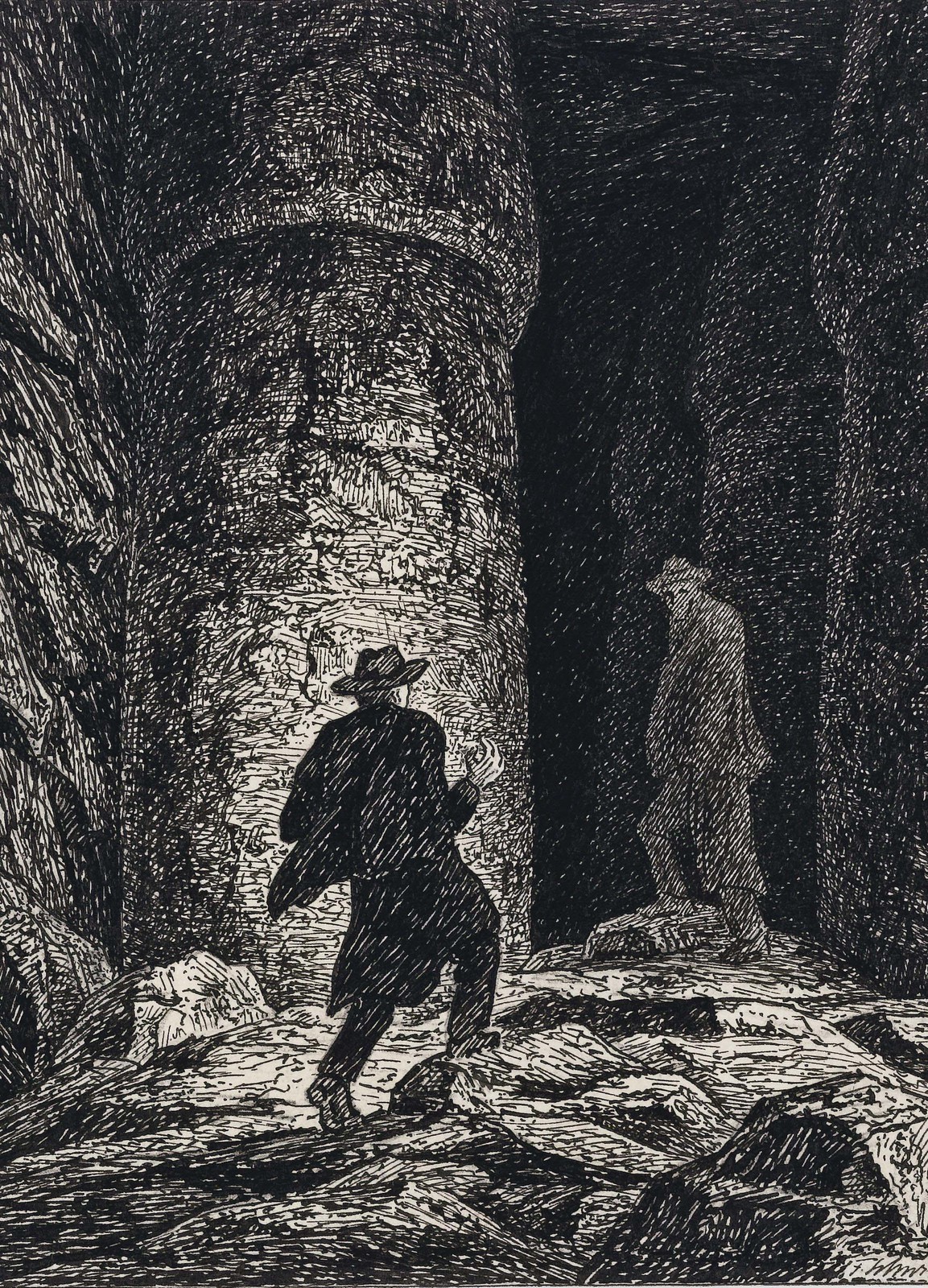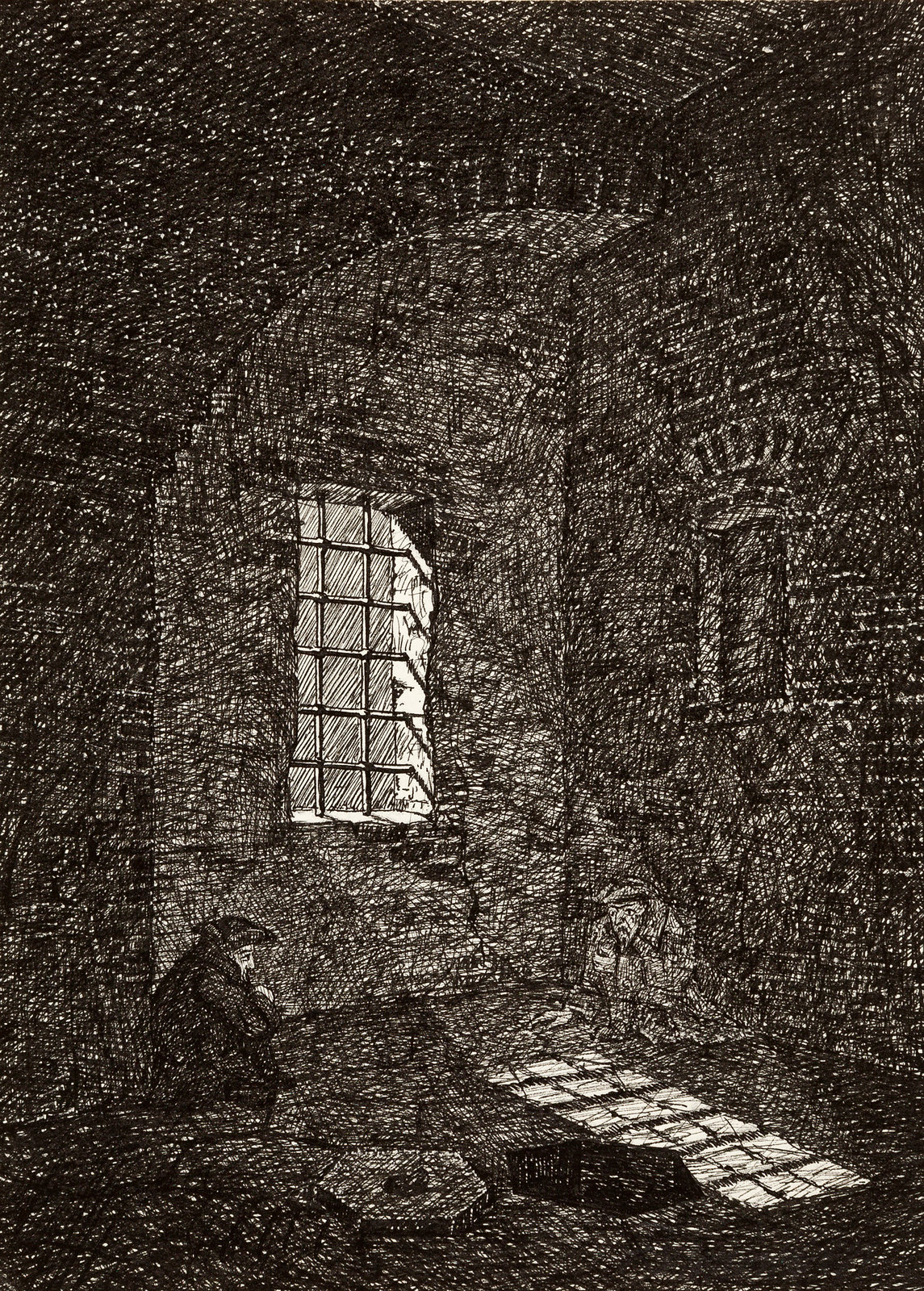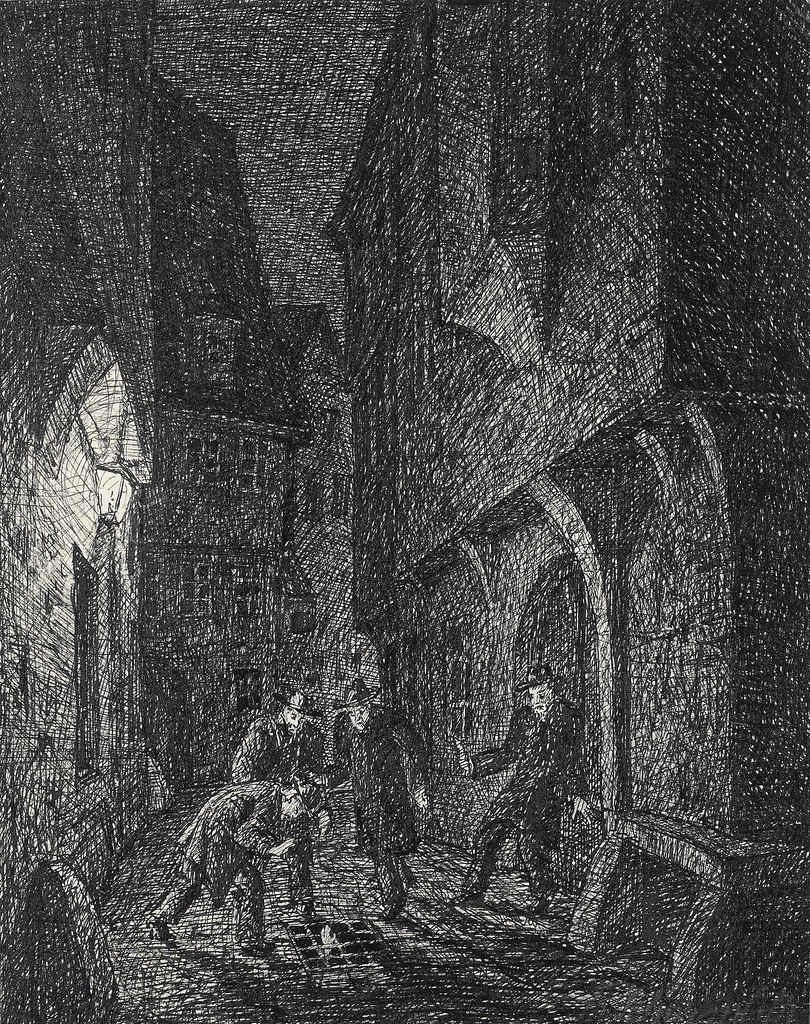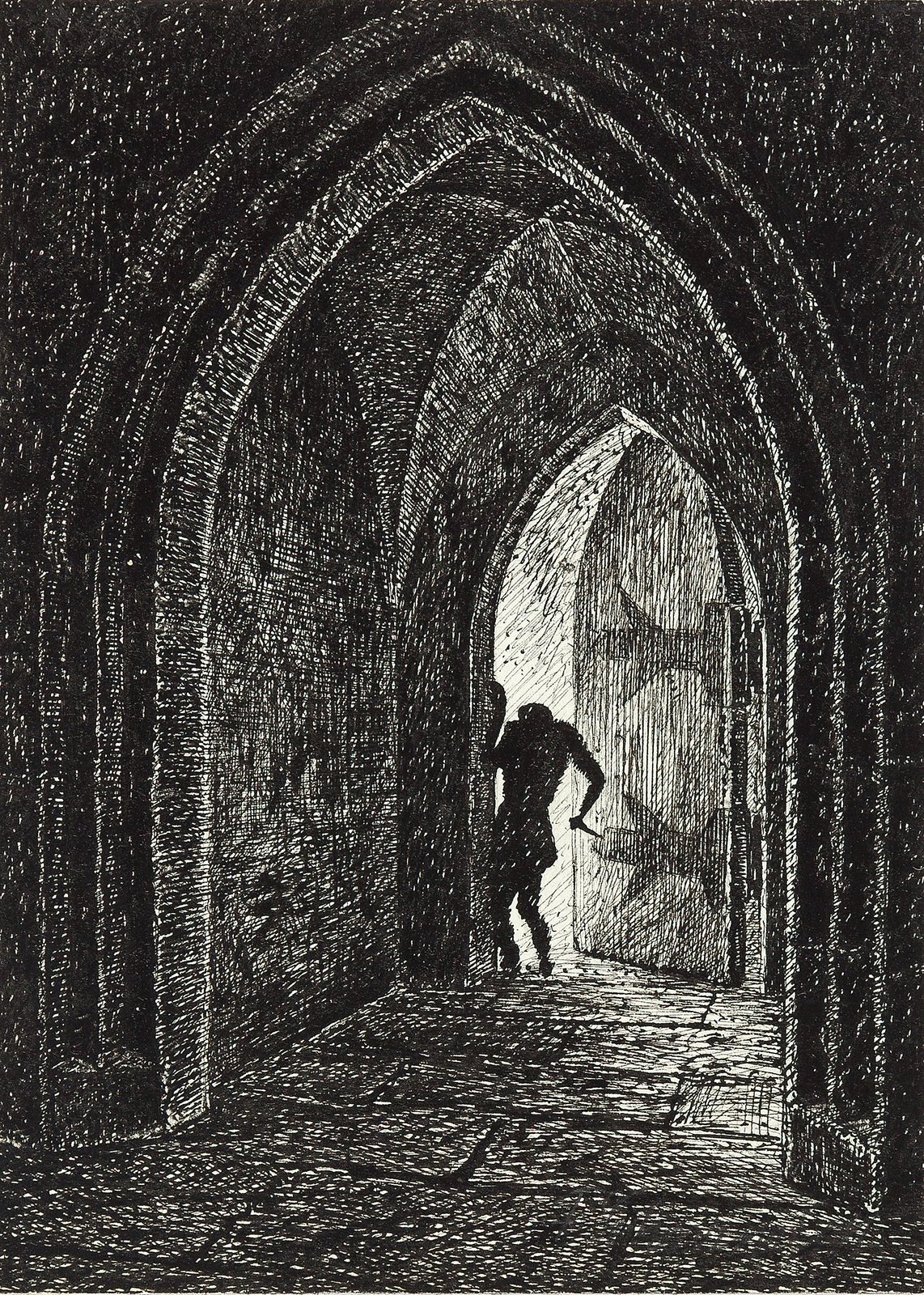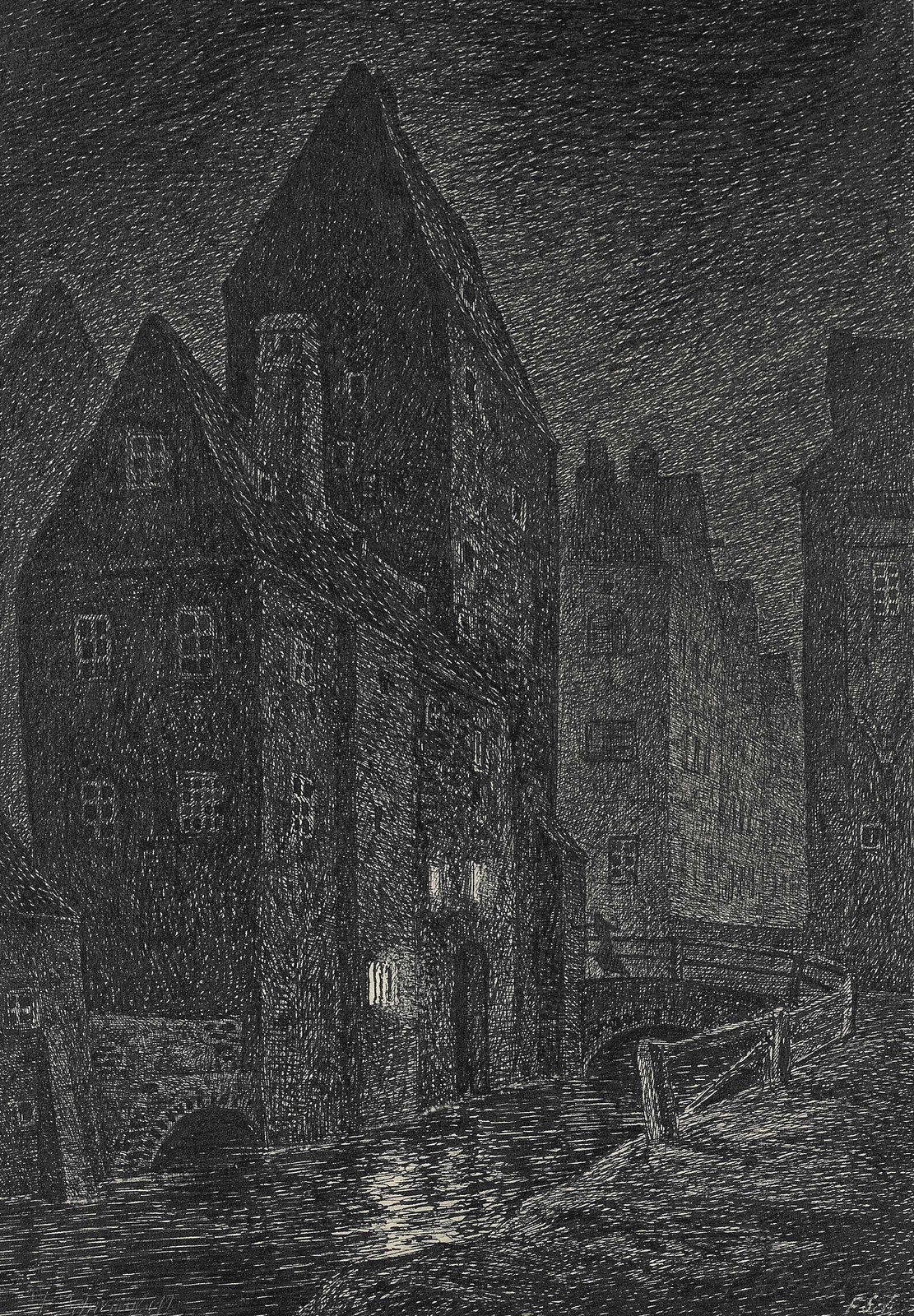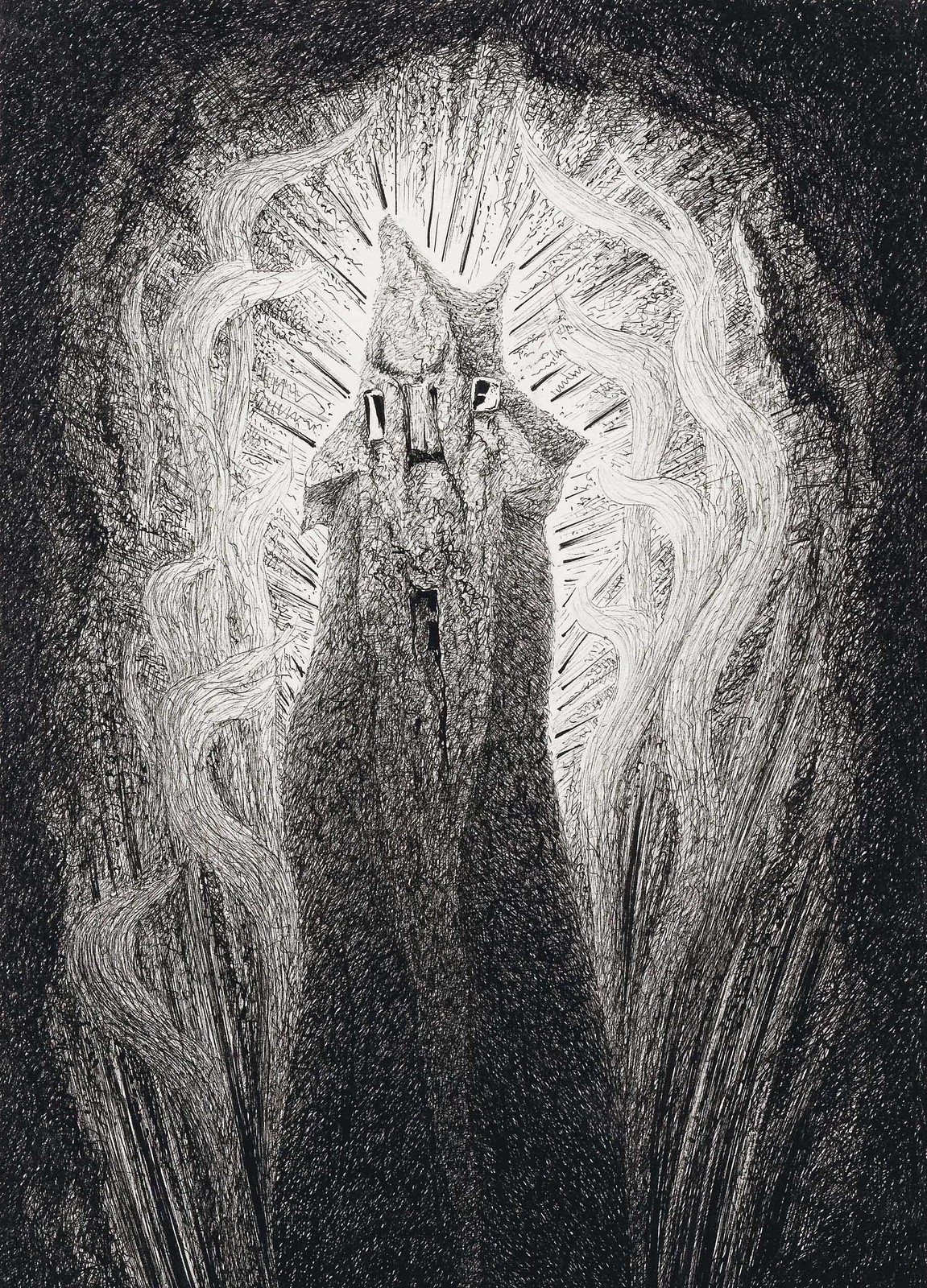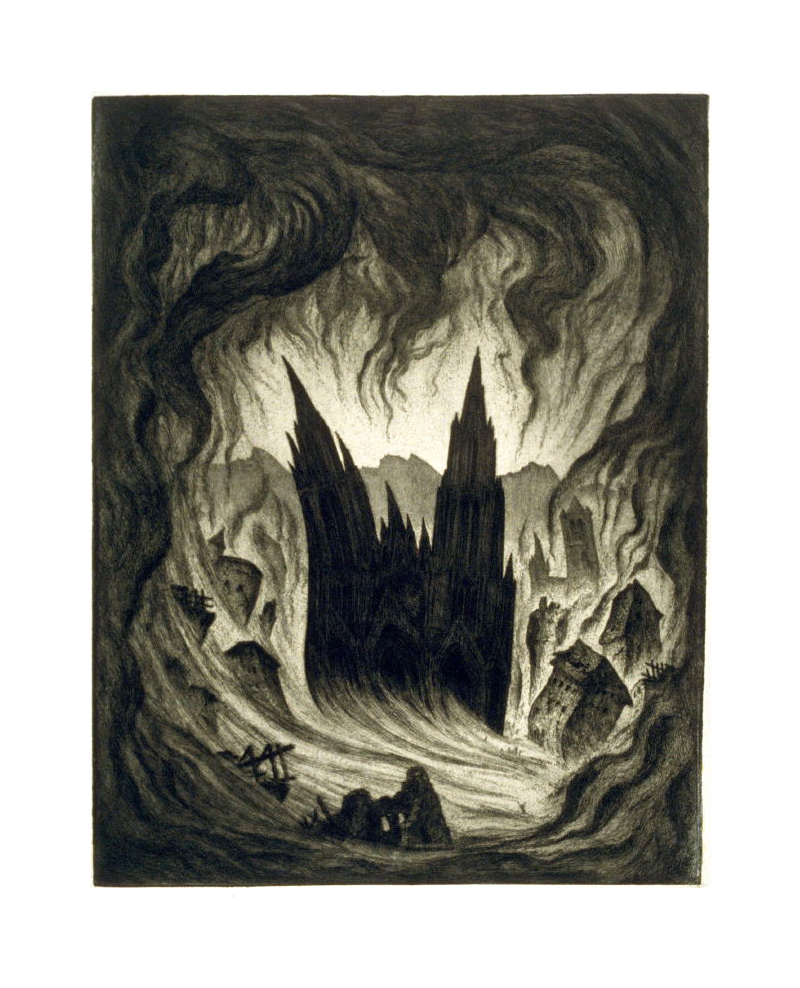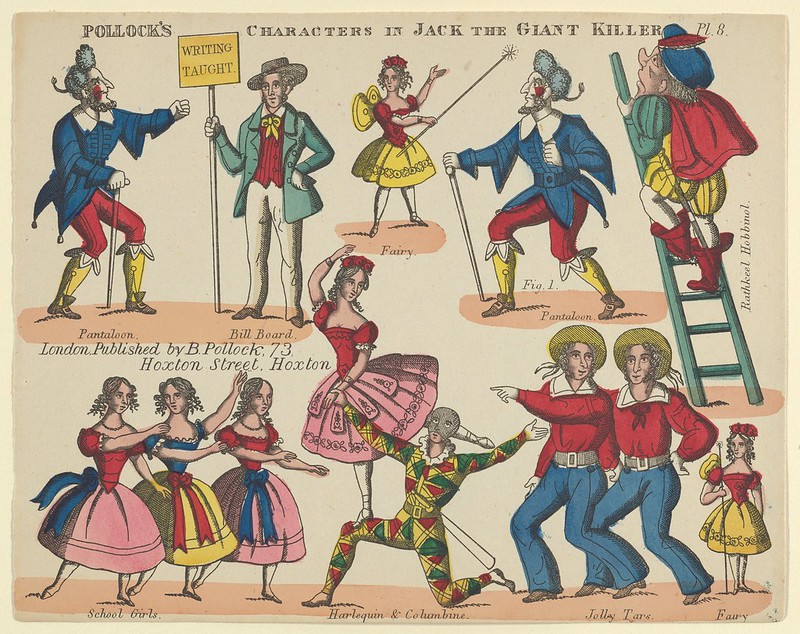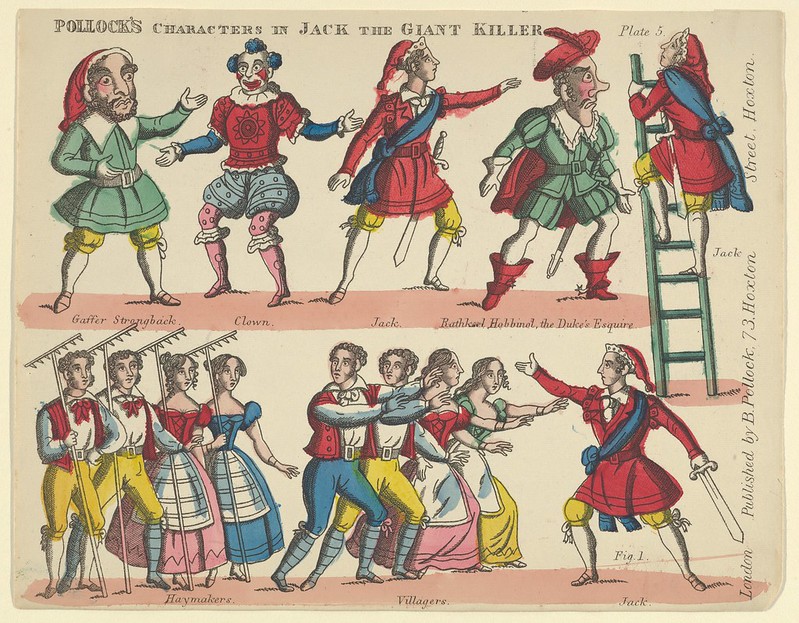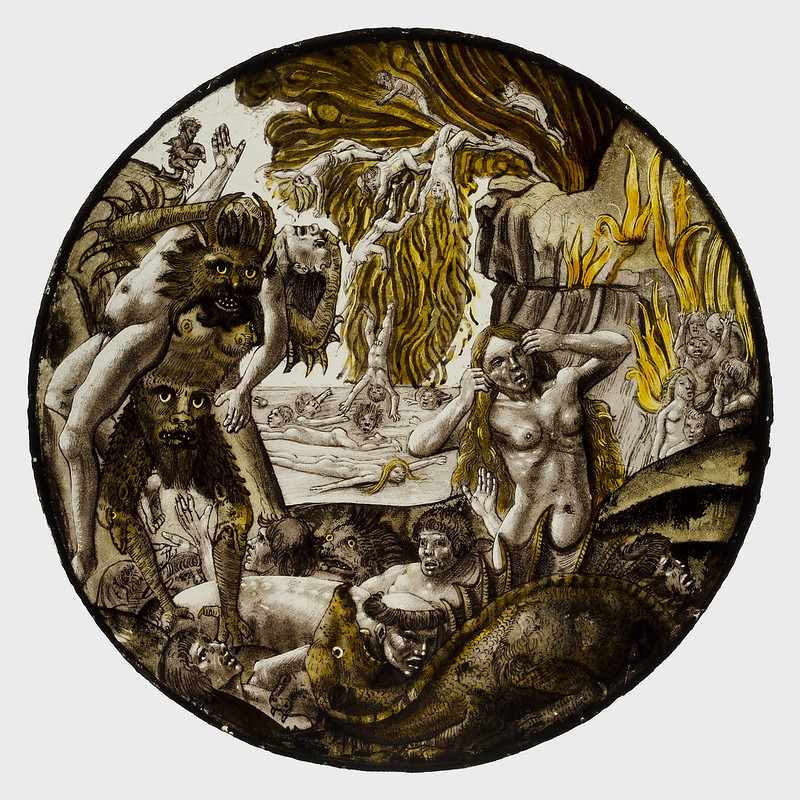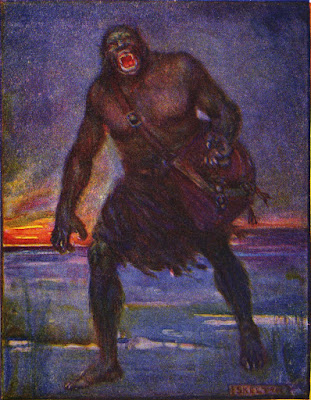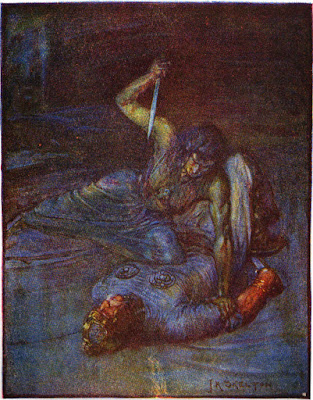Alphabet Agencies
 At the heart of Delta Green: The Roleplaying Game is the conspiracy with the US government which knows about the ‘Unnatural’ and the existential threat it represents to humanity, let alone the USA, and secretly appropriates funds and agents from a wide variety of Federal agencies to investigate ‘Unnatural’ incidents and prevent them from becoming both a greater threat and their triggering revelations as to their nature to the wider public. As detailed in the Delta Green Agent’s Handbook and Delta Green: Need to Know, most Player Characters in Delta Green: The Roleplaying Game will be Agents from the Law Enforcement, Intelligence, and Military communities. These include the Centers for Disease Control and Prevention, the Central Intelligence Agency, the Environmental Protection Agency, the Federal Bureau of Investigation, U.S. Marine Corps, and more. Each examination of the various agencies and organisation details its budget, whether its operatives can carry weapons and have powers of arrest, how it is organised, what its remit is, areas of friction with other agencies, and in addition to advice on roleplaying a member of said agency, offers suggestions as particular Professions and their associated skills. In terms of roleplaying, each agency or organisation is not just a set of skills for the Player Character, but part of his background, what he does on a daily basis, his areas of knowledge and specialities, and so on, all of which go towards suggesting how he might first encounter the ‘Unnatural’ or be recruited by Delta Green itself. However, they are not the only agencies or organisations belonging to the Federal government, and whether inside the government or outside, the conspiracy that is Delta Green has a long reach into the many agencies and organisations connected to the Federal government. Which is where The Complex comes in.
At the heart of Delta Green: The Roleplaying Game is the conspiracy with the US government which knows about the ‘Unnatural’ and the existential threat it represents to humanity, let alone the USA, and secretly appropriates funds and agents from a wide variety of Federal agencies to investigate ‘Unnatural’ incidents and prevent them from becoming both a greater threat and their triggering revelations as to their nature to the wider public. As detailed in the Delta Green Agent’s Handbook and Delta Green: Need to Know, most Player Characters in Delta Green: The Roleplaying Game will be Agents from the Law Enforcement, Intelligence, and Military communities. These include the Centers for Disease Control and Prevention, the Central Intelligence Agency, the Environmental Protection Agency, the Federal Bureau of Investigation, U.S. Marine Corps, and more. Each examination of the various agencies and organisation details its budget, whether its operatives can carry weapons and have powers of arrest, how it is organised, what its remit is, areas of friction with other agencies, and in addition to advice on roleplaying a member of said agency, offers suggestions as particular Professions and their associated skills. In terms of roleplaying, each agency or organisation is not just a set of skills for the Player Character, but part of his background, what he does on a daily basis, his areas of knowledge and specialities, and so on, all of which go towards suggesting how he might first encounter the ‘Unnatural’ or be recruited by Delta Green itself. However, they are not the only agencies or organisations belonging to the Federal government, and whether inside the government or outside, the conspiracy that is Delta Green has a long reach into the many agencies and organisations connected to the Federal government. Which is where The Complex comes in.Delta Green: The Complex is a supplement for Delta Green: The Role-Playing Game published by Arc Dream Publishing. It presents over twenty dossiers covering numerous Federal agencies—many of them not new to the setting of Delta Green, but new to Delta Green: The Role-Playing Game. In turn, it presents each organisation in the standard fashion. Thus each entry covers the organisation’s budget, whether its operatives can carry weapons and possess powers of arrest, how it is organised, what its remit is, areas of friction with other agencies, and in addition to advice on roleplaying a member of said agency, offers suggestions as particular Professions and their associated skills. In terms of federal agencies, it breaks them into six categories—Law Enforcement, Defence, Intelligence, Interior, Public Safety, and Research. Thus, the ATF, Customs and Border Protection, and the U.S. Secret Service fall under the Law Enforcement category, and the Intelligence category includes the National Counterterrorism Center, the Office of Naval Intelligence, the NSA, the Defense Intelligence Agency, the National Geospatial Intelligence Agency, and the National Reconnaissance Office. The Research category includes NASA, DARPA, and National Nuclear Security Administration. Each of the Defence, the Interior, Public Safety, and Treasury categories has the one entry each, the U.S. Coast Guard, the National Park Service, Federal Emergency Management Agency, and the IRS respectively. Of these, The Complex notes that many Delta Green agents are drawn from the Natural Park Service, since the great natural parks that it oversees are likely to be where agents of the ‘Unnatural’ perform their dread ceremonies, strange creatures are to be encountered far from civilisation, and so on.
In addition, The Complex adds an eighth category. This is the Private Sector. It includes the Constellis Group, Lockheed Martin, Consolidated Analysis Center Incorporated, Booz Allen Hamilton, and the RAND Corporation. This is where the supplement gets interesting, enabling a broader range of ‘Friendlies’ as Delta Green terms its civilian ‘agents’ rather than those from the federal or military sectors. However, rather than being an academic or a private investigator a la traditional Lovecraftian investigative roleplaying, the entries in these categories allow Agents with military, intelligence, law enforcement, and technical backgrounds who can be connected to the federal government, but not employed by, or part of, the federal government. The Constellis Group, for example, formerly known as Blackwater and thus connected to number of scandals, provides security personnel and training; Lockheed Martin, is a military engineering contractor, which pushes at the boundaries of science and technology, so a Player Character could even be a test pilot for the company’s infamous ‘skunk works’; and both Consolidated Analysis Center Incorporated and Booz Allen Hamilton provide specialised contractors in intelligence, analytics, cybersecurity, and more for various federal agencies, potentially providing its employees with a wider experience of having worked for numerous agencies rather than the single one. Lastly, the RAND Corporation is a non-profit thinktank whose studies and research influences government policies.
All suggest potential new ways to approach investigating the ‘Unnatural’. For example, a Constellis Group security team could be contracted to guard or investigate something in the field when a government organisation wants to keep its hands clean, a Lockheed Martin teams of engineers could be brought into examine a strange piece of technology, and so on. However, as interesting and as useful as the information is on these non-governmental organisations is, especially in how to play an Agent from these organisations, the Handler is left somewhat on her own when bringing said organisations into play. Perhaps some advice on having them in a campaign could have been included in The Complex.
Details of the various agencies and organisations do make not make up all of the content in The Complex. Sidebars cover how Background Checks are run, the ATF traces firearms and handles trace requests from other agencies, the U.S. Coast Guard’s use of the terms ‘cutter’ and boat’, what a SCIF or ‘Sensitive Compartmentalised Facility’ is and how it works when accessing classified material, which countries are part of ‘Five Eyes’ Coordination (FVEY), what ‘Type 1 Hotshots’ are—teams of twenty wildland firefighters drawn from various agencies and services, and ‘Firing and Prosecution in the Private Sector’. This is all useful extra information which may come into play should the various organisations figure in a Handler’s campaign.
Physically, The Complex is as cleanly laid out and as decently illustrated as you would expect for the supplement for Delta Green: The Role-Playing Game. It does not have an index, but the supplement is short enough that it covers both the various agencies and the extra information found in the sidebars.
Arguably there are a sufficient number of agencies and organisations and their associated professions to be found in Delta Green Agent’s Handbook such that The Complex is not a supplement that the Handler needs to buy. However, the expanded information upon the various federal agencies is useful, enabling the Handler to create NPCs as well as player Agents from these agencies, and perhaps have the Agents clash or have to deal with these agencies as part of their investigations into the ‘Unnatural’. The inclusion of corporations and thinktanks from the Private Sector is undeniably interesting and it offers different approaches to investigating the ‘Unnatural’ that the simply using the federal agencies might not. Overall, The Complex is a useful and interesting supplement which provides new options for player Agents and potentially new avenues to investigating the ‘Unnatural’.




